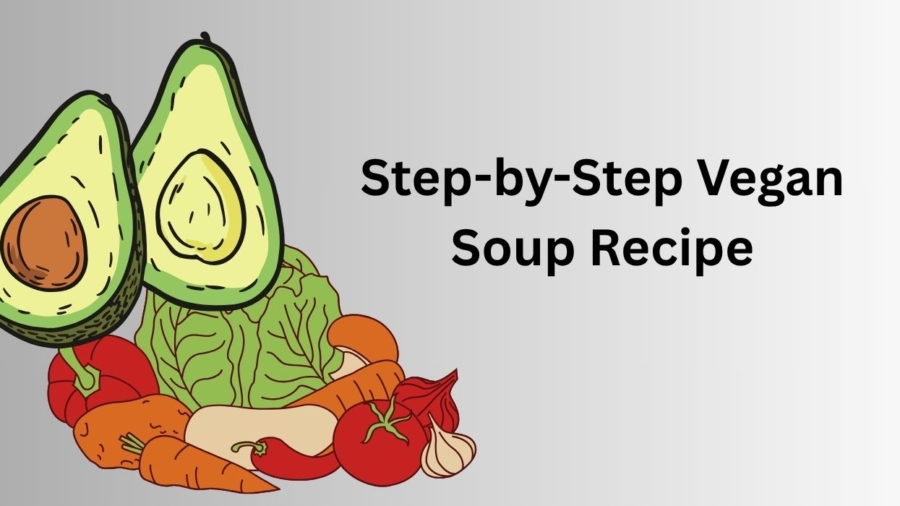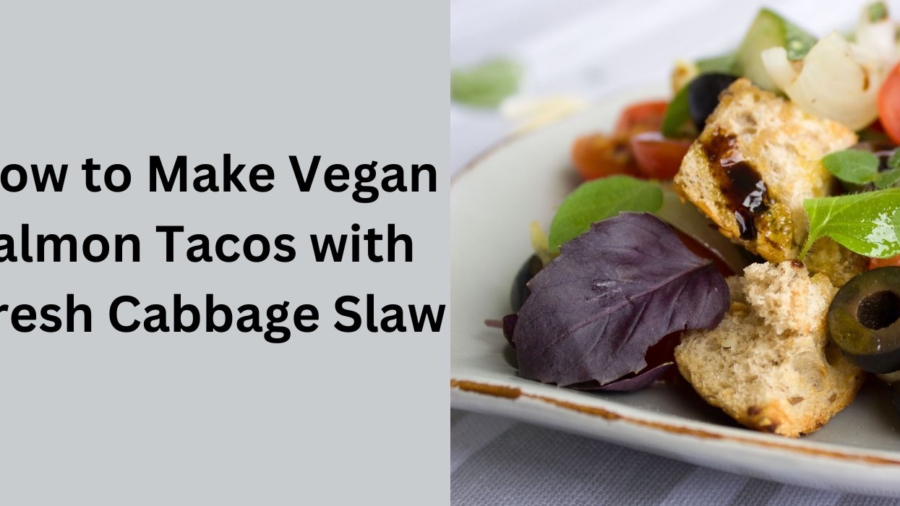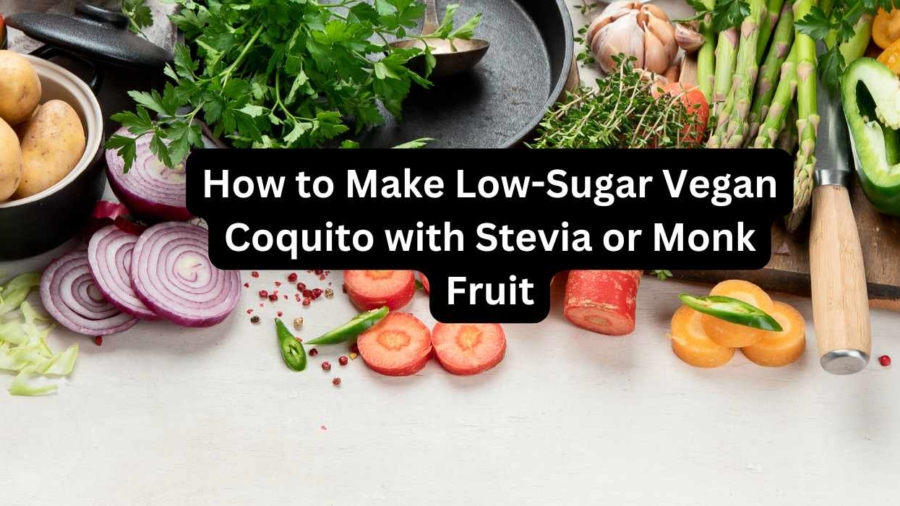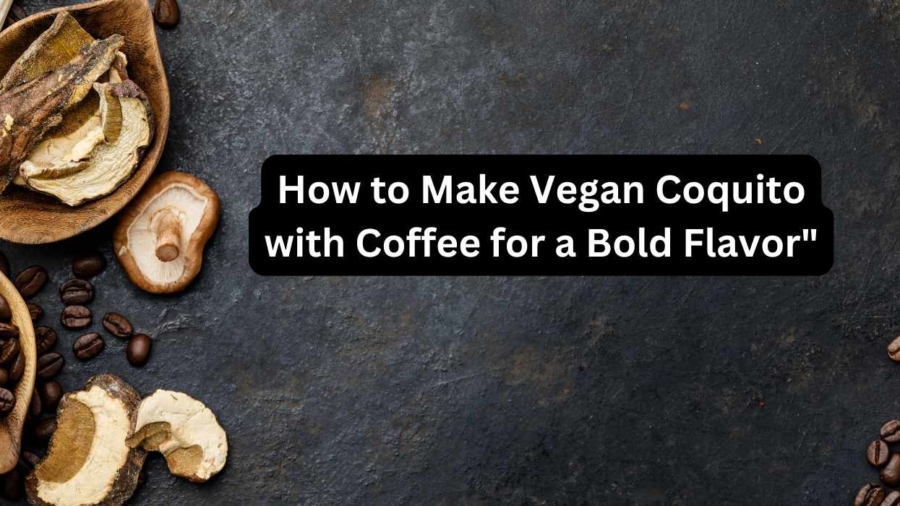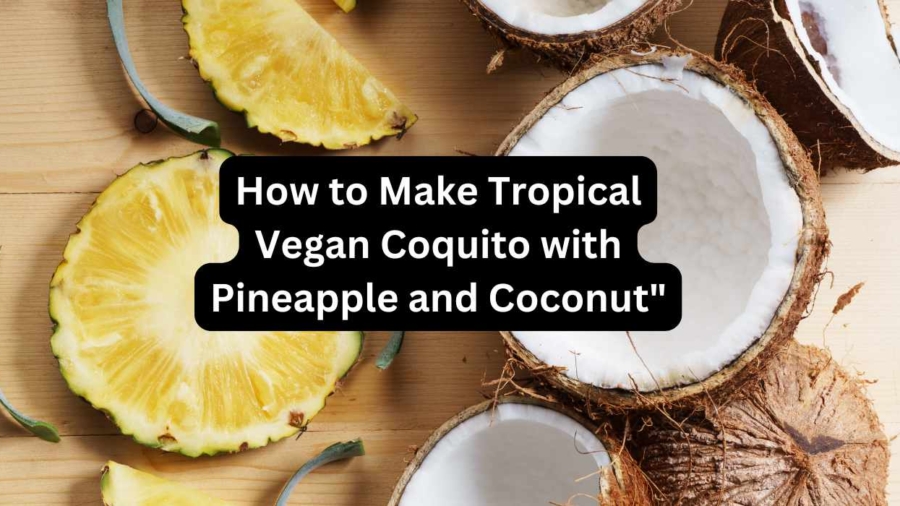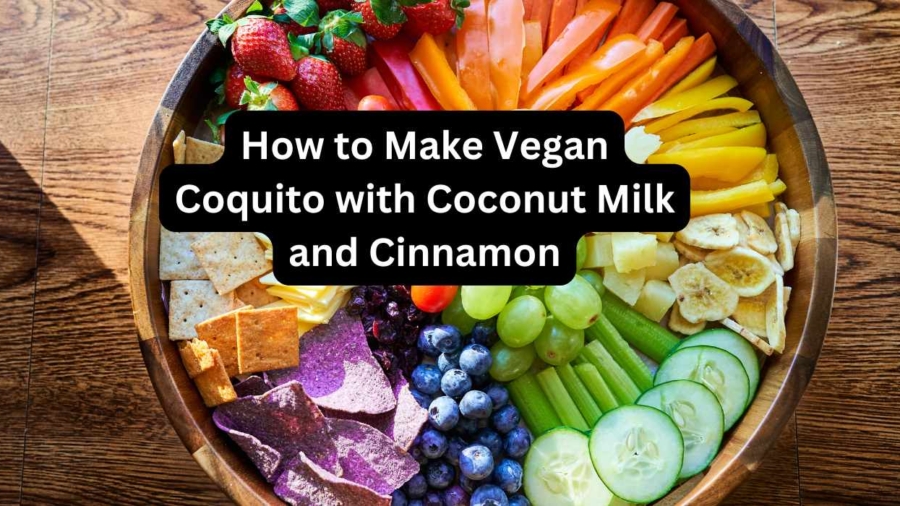A warm bowl of soup has an indisputable reassuring quality, particularly when it is prepared with healthy, plant-based components. In addition to being flavorful and nutritious, vegan soups are a fantastic way to increase your intake of whole foods, lentils, and veggies.
We will take you through a straightforward, step-by-step recipe for a tasty, vegan, creamy tomato soup in this post. It is ideal for entertaining visitors with little work, preparing meals, and spending nice evenings.
The best of all? This dish is incredibly adaptable and beginner-friendly. This soup can be customized to include roasted vegetables or lentils for additional protein.
Ingredients List
Before you get cooking, gather your ingredients. We’ve grouped them into helpful categories to make prep a breeze. Feel free to swap or skip ingredients based on what you have on hand.
Base Ingredients
1–2 tablespoons olive oil
1 medium onion, diced
2–3 cloves garlic, minced
Vegetables
2 carrots, sliced
2 stalks celery, chopped
1 medium zucchini, diced
(Optional) Any other seasonal veggies like bell peppers, spinach, or potatoes
Protein (Optional)
1 cup cooked lentils or canned lentils (drained and rinsed)
1 can beans (chickpeas, white beans, or black beans work well)
Cubed tofu (lightly pan-fried for added texture)
Broth & Seasonings
4 cups vegetable broth
Salt and pepper, to taste
1 teaspoon dried thyme
1 bay leaf (remove before serving)
(Optional) A pinch of red pepper flakes for heat or a splash of lemon juice for brightness
Required Kitchen Equipment
Making this soup only requires a few dependable kitchen essentials and no specialized equipment:
Big Pot
Your primary cooking vessel is this one. For equal heat distribution and simmering all of your ingredients together, a heavy-bottomed pot or Dutch oven is ideal.
A sharp knife and cutting board are necessary for preparing your vegetables. Chopping is safer and easier with a quality chef’s knife.
Wooden Ladle or Spoon
As your soup cooks, stir it with a wooden spoon; when it is done, serve it using a ladle.
Blender (not required)
You will need a countertop blender or immersion blender to purée the mixture until it is smooth if you are cooking a creamy soup, such as tomato or squash. To prevent splashing, let it cool a little before blending.
Detailed Instructions
Make a tasty, filling vegan soup at home by following these easy steps.
First, get the ingredients ready.
Wash, peel, and chop all of your vegetables first. This applies to whatever you are using, such as zucchini, celery, or carrots. Prepare any plant proteins you intend to add, such as lentils or tofu.
Step 2: Add the fragrances.
Heat the olive oil in a big pot over medium heat. Add the minced garlic and chopped onion. Stirring occasionally, sauté for 3 to 5 minutes, or until the garlic is fragrant and the onion is transparent.
Step 3: Add the Protein and Veggies
Add the chopped veggies and any plant protein (tofu, beans, lentils, etc.) that you are using. To allow the flavors to combine and the vegetables to soften a little, stir everything together and cook for a further five minutes.
Step 4: Simmer after adding the broth.
After adding the vegetable broth, season with the bay leaf, thyme, salt, and pepper. Stir it thoroughly. After bringing the soup to a mild boil, lower the heat and simmer it for 20 to 30 minutes. This enables the flavors to develop and the vegetables to finish cooking.
Step 5: Blend for Creaminess (Optional)
It is time to combine if you like a creamy texture. Either carefully move some (or all) of the soup to a countertop blender, or use an immersion blender directly in the pot. Return to the pot and whisk to mix after blending until smooth. Getting the best of both worlds—creaminess and a little chunk—can be achieved by blending only half.
Step 6: Taste and Modify
Try some of your soup. If necessary, add extra herbs, salt, or pepper. Additionally, adding a little vinegar or lemon juice can enhance the flavors, particularly in creamy soups.
Step 7: Present and Savor
Pour the hot soup into bowls using a ladle. Add a dash of nutritional yeast, some fresh herbs like basil or parsley, or even a swirl of plant-based cream as a garnish. For a full dinner, serve with crusty bread or a side salad.
5. Advice & Modifications
Use these simple techniques to personalize this soup:
Add Grains: To make the soup even heartier, stir in cooked rice, quinoa, or tiny pasta. You can add them in the final five to ten minutes of simmering.
Use Coconut Milk: After blending, add a scoop of cashew cream or a splash of coconut milk for a creamy, dairy-free twist.
Seasonal Swaps: Make use of whatever vegetables are available, such as fresh corn in the summer or butternut squash in the fall. This keeps the soup interesting and fresh all year long.
6. Storage and Reheating Refrigerator
Keep leftovers in the fridge for three to four days in an airtight container. Gently reheat in the microwave or on the stovetop, stirring periodically.
Store in the freezer:
This soup freezes well. Allow it to cool fully before transferring it to freezer-safe containers. It can last up to three months. Before reheating, let it thaw overnight in the refrigerator.
Final thoughts
Here is a quick and healthy vegan soup recipe that can be made any day of the week. This soup is simple to prepare, incredibly adaptable, and consistently filling, regardless of your level of experience with plant-based cooking.
Try it out and report back to us on the results! Post your own version in the comments below. Did you use coconut milk to make it creamy, add grains, or change up the vegetables? Tell us your twist, please.
Serve your soup with a grilled vegan sandwich, a fresh green salad, or even a piece of crusty bread for a complete dinner. Comfortable, cozy, and entirely plant-based!
